Effects on growth, whole body fatty acids and intestinal, hepatic gene expression
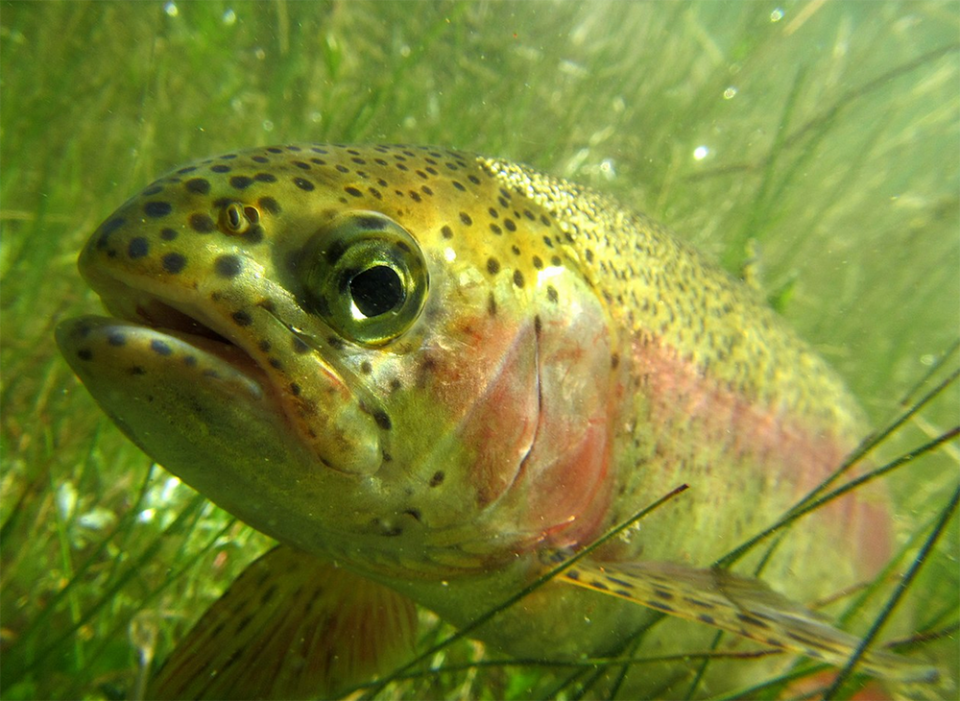
The rapid growth of global aquaculture production over the last three decades has resulted in an increased demand for aquafeeds. Availability of traditional ingredients, including fishmeal and fish oil, has not increased with demand, and today readily available alternative sources of proteins and lipids are required. Many studies have evaluated the effects of replacing fishmeal and fish oil with plant ingredients, and their inclusion levels in commercial aquafeeds have decreased in recent years.
However, extensive use of plant products has several known disadvantages, particularly regarding differences in amino acid, cholesterol and fatty acid compositions between plant and marine feed ingredients, as well as the presence of anti-nutritional factors found in plant feedstuffs. These differences in composition can interfere with feed utilization, and certain negative effects are observed with high levels of substitution. Several authors have suggested that the lower growth observed in their experiments was mainly related to the substitution of fishmeal, rather than the replacement of fish oil.
The replacement of marine ingredients, and in particular the substitution of fish oil with plant ingredients, is known to drastically modify fatty acid composition of the diet. While none of the vegetable oils contain n-3 long chain polyunsaturated fatty acids such as eicosapentaenoic acid (EPA) and docosahexaenoic acid (DHA), they are rich in other fatty acids. The fatty acid composition of fish tissue changes in response to the fatty acid composition of the diet, as shown in previous studies in which dietary fishmeal and fish oil were replaced with plant ingredients.
In addition to traditional measures of the effects of substitution of marine ingredients with plant sources, (i.e. growth performance and tissue fatty acid composition), recent advances in functional genomics (i.e. gene expression) have provided new opportunities to better understand the basic molecular pathways involved in the response of fish to new diets.
This article – summarized and adapted from the original (https://doi.org/10.1371/journal.pone.0190730) – reports on a study to establish the long-term effects (seven and 13 months) of feeding rainbow trout a diet that substituted fishmeal and fish oil with increased levels of plant ingredients, and to document the persistence of these changes over time. To assess these effects at the molecular level, we used a microarray approach combined with RT-qPCR analysis on selected genes.
We thank P. Maunas and N. Turonnet from the INRA experimental facilities of Lées Athas (Pyrénées Atlantique, France) for fish rearing and F. Sandres, F. Terrier and A. Lanuque for manufacturing the experimental diets and rearing fish (INRA, Donzaq, France). We are grateful to A. Le Cam and J. Montfort (INRA, Rennes, France), and M. Cluzeaud and A. Herman (INRA, Saint-Pée-sur-Nivelle) for technical assistance.
Study setup
The experimental design included two sequential periods. The first period involved from first feeding to 7-months and the second period from seven to 13 months. All seven-month-old trout were “juveniles “and 13-month old trout will be defined as “on-growing fish.”
The first period of the feeding trial took place at the INRA fish facilities of Lees-Athas (Pyrénées-Atlantiques Department in southwest France). At the beginning of the experiment, rainbow trout fry with a mean weight of 135 ± 1 mg, were randomly distributed among 12 tanks (310 fish per tank). Throughout the trial, 50-L tanks were used and water flow was set to ensure an oxygen concentration above 90 percent saturation.
Fish were exposed to natural photoperiod condition and the water temperature was 7 ± 1 degrees-C. This low water temperature is ideal for trout during the first part of their development because it limits the risk of diseases, often done in commercial fish farms. Fish were kept under these rearing conditions for seven months. The fish in each tank were bulk-weighed every three weeks in order to check body weights as the experiment progressed.
During this first period of seven months from the time of first feeding, trout were fed either a marine M-diet (based on fishmeal and fish oil), or a commercial-like C-diet (46 percent of fishmeal and 69 percent of fish oil replaced by plant ingredients), or a totally plant-based V-diet (100 percent plant proteins and vegetable oils) with four tanks of fish provided with each diet. These three experimental diets were the same as those previously described in Lazzarotto et al. (pellets size: 1 to 3 mm). Fish were fed by hand, four times per day, until apparent satiation.
For the second period of the trial, fish were transferred to the INRA experimental facilities in Donzacq. On arrival, fish within each dietary group (e.g. M-, C- or V-fed trout) were split into three tanks with 150 trout per tank (nine tanks in total). The fish were acclimated to the new rearing conditions for two weeks and fed with their respective diets. At the start of the second experimental period, the average weight of fish was 12.5 grams.
Throughout the trial, 200-L tanks were used (maximum stocking densities: 26 kg per cubic meter) and the oxygen saturation was greater than 90 percent. Fish were exposed to natural photoperiod condition and the water temperature was 17 ± 1 degrees-C. This water temperature corresponds to the thermal preference for growth of rainbow trout. Fish were maintained under these rearing conditions for six months, and the fish in each tank were bulk-weighed every three weeks to check the evolution of body weight as the experiment progressed.
Diets used throughout this second period of the trial contained the same ingredients as those used for the first period. In order to adapt the formulation to different stages and fish size, the proportions of these ingredients were slightly different among diets used in the first and the second part of the trial. The pellet size was adapted to fish size and during the second part, on-growing fish received 4- to 5-mm diets. Fish were hand-fed twice a day to apparent visual satiety.
For additional information on the feeding trial and experimental diets; sampling; chemical analysis of the diets; plasma metabolite analysis lipid and fatty acid analysis; RNA isolation, microarray hybridization and analysis; Real Time q-PCR (RT-qPCR); and statistical analysis and data mining, please consult the original publication.
Plant-based diets: effects on growth and survival
Survival and body weight data for juveniles and ongrowing fish are presented in Figs. 1 and 2, respectively. At the end of the first period of the trial (seven months after the first feeding time), significantly lower survival rates were observed in the V-fed group compared to groups fed the C- and M-diets (65 percent vs 95 percent), mainly due to the high mortality recorded for the V-fed group during the first twelve weeks. During the second period of the trial, no significant differences were found in survival rates (96–98 percent throughout the period) irrespective of the dietary treatment.

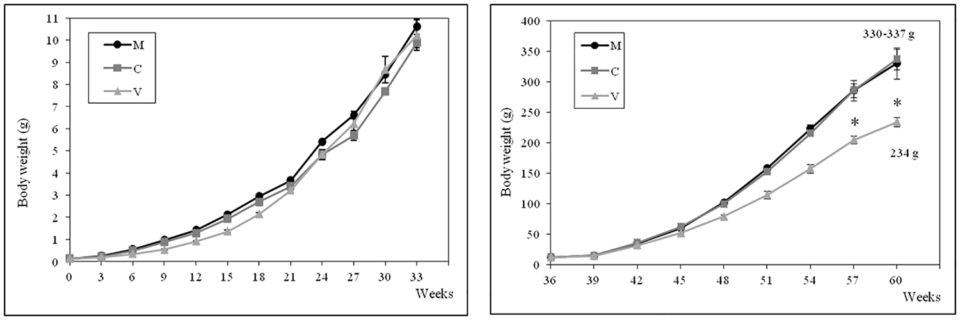
Fish survival was affected by the V-diet only during the first twelve weeks after the first feeding. This result can reflect the fact that the early developmental stages for fish are critical, as they undergo important morphological and physiological changes during this time.
At the end of this first rearing period (seven-month feeding at 7 degrees-C), no significant difference in body weight was observed between groups and these results are in accordance with a previous study which demonstrated the remarkable ability of rainbow trout to survive and grow on a totally plant-based diet, completely devoid of marine ingredients. Nevertheless, at the end of the following six months of feeding at 17 degrees-C, we observed differences in growth, with fish fed the V-diet displaying the lowest body weight.
In our study, the absence of differences at the end of the 7 degrees-C-feeding period is most likely linked to the low water temperature. Indeed, when M- and C-fed fish were reared at 17 degrees-C and could reach their optimum growth performance, a negative effect of the totally plant-based diet became visible. This result supports findings from previous studies which showed lower growth performance in fish fed diets containing different levels of plant ingredients, mainly linked to reduction in feed intake and/or feed efficiency.
The lower values for feed efficiency were observed in ongrowing fish fed the V-diet, compared to the M- and C-fed fish. Although not statistically significant, this decrease in feed efficiency could explain the lower body weights of V-fed fish observed at the end of the second rearing period.
Gene expression changes in the intestine
The intestine plays a key role in the digestion and absorption of nutrients and is very sensitive to dietary changes, as shown by the modifications induced in intermediary metabolism, apoptosis and immune function in response to the inclusion of plant ingredients in aquafeeds. Our transcriptomic analysis of the intestines of juveniles revealed a differential regulation of a certain number of cathepsins (proteases or enzymes that degrade proteins) involved in protein catabolism and other processes.
Our results suggest that plant ingredients affect the immune response in rainbow trout, as previously demonstrated in other fish species, and indicated an impairment of the intestinal physiological balance and are in accordance with the alterations in nutrient absorption and digestion previously observed in salmonids fed plant-based diets. However, further investigations are needed to improve our understanding of the biological and physiological roles certain enzymes in the intestine of fish.
The introduction of plant ingredients in the diet also affects the metabolism of carbohydrates, and in our study, we observed an overall down-regulation (the process by which a cell decreases the quantity of a cellular component – like protein or RNA – in response to an external stimulus) of several genes encoding enzymes related to sugar digestion.
These results are in accordance with the down-regulation of genes involved in sugar degradation observed in Atlantic salmon in response to dietary inclusion of plant ingredients. Our results may suggest either an adaptation of rainbow trout to plant-based diets during the feeding trial, or a temperature effect, reflecting a greater capacity to utilize starch at higher water temperatures as previously shown in this species and also in sea bream.
Gene expression changes in the liver
The liver is arguably the most important metabolically active tissue that responds to circulating dietary nutrients absorbed through the intestine. Together, the molecular and physiological results of the present study suggest that rainbow trout copes with the absence of dietary cholesterol supply by increasing the expression of genes involved in the cholesterol biosynthesis irrespective of the developmental stage or rearing conditions. Also, the introduction of plant ingredients in the diets for juveniles enhanced expression of genes involved in energy pathways.
Gene expression changes in both intestine and liver
Liver and intestine are known to be important in fatty acid bioconversion in fish. Previous studies investigating the gene expression response of fish after dietary replacement of fish oil by vegetable oils have shown that, irrespective of the fish species and the oil used, the long chain polyunsaturated fatty acids (LC-PUFA) synthesis pathway is stimulated in these tissues. We determined further evidence that rainbow trout have the capacity to synthesize LC-PUFA from dietary precursors. Indeed, with the V-diet, EPA and DHA intake was zero right from the first feeding, and therefore all the EPA and DHA recovered in body lipids come from neo-synthesis. Also, lower proportions of EPA and DHA were found in body lipids of juveniles and ongrowing fish fed the V-diet compared to those fed the other two diets.
In the context of sustainable aquaculture, replacing fishmeal and fish oil with less expensive alternatives and more readily available products such as vegetable sources in farmed fish feeds is becoming common practice. Such dietary replacement is known to affect the metabolic response of fish at different levels, including gene expression. However, the long-term effects of plant-based diets still remain poorly documented.
The relatively low number of genes found to be differentially expressed in intestine and liver of juveniles in response to our experimental diets, in addition to the relatively low overall fold changes obtained, suggested that diet-induced modifications were minimal.
Perspectives
This study shows a slight effect of a totally plant-based diet on metabolism of rainbow trout fed such a diet from first feeding onwards. This result is supported by the relatively low proportion of differentially expressed metabolism-related genes in the intestine and liver transcriptomes of juveniles. The present work largely confirms the results of previous studies performed over a shorter feeding period, especially with regards to changes in the expression of genes involved in the bioconversion of cholesterol and fatty acids.
Our study shows that dietary-induced molecular and biochemical changes in lipid metabolism were maintained in the long term. In contrast, for several genes involved in protein catabolism, immunity and fatty acid catabolism we observed a differential regulation that could be related to the different developmental stages and/or to the differences in rearing temperature.
We also characterize new molecular actors affected by the nutritional stress induced in the fish intestine by introducing plant ingredients in diets for rainbow trout, especially for genes involved in intestinal motility. Our results provide a framework for the development of new plant-based feeds to further reduce the reliance of aquaculture on marine fishery resources.
References available in the original publication.
Now that you've reached the end of the article ...
… please consider supporting GSA’s mission to advance responsible seafood practices through education, advocacy and third-party assurances. The Advocate aims to document the evolution of responsible seafood practices and share the expansive knowledge of our vast network of contributors.
By becoming a Global Seafood Alliance member, you’re ensuring that all of the pre-competitive work we do through member benefits, resources and events can continue. Individual membership costs just $50 a year.
Not a GSA member? Join us.
Authors
-
Viviana Lazzarotto, Ph.D.
INRA – UMR 1419 “Nutrition Métabolisme Aquaculture”
Aquapôle, Saint Pée-sur-Nivelle, France -
Françoise Médale, Ph.D.
INRA – UMR 1419 “Nutrition Métabolisme Aquaculture”
Aquapôle, Saint Pée-sur-Nivelle, France -
Laurence Larroquet
INRA – UMR 1419 “Nutrition Métabolisme Aquaculture”
Aquapôle, Saint Pée-sur-Nivelle, France -
Geneviève Corraze, Ph.D.
INRA – UMR 1419 “Nutrition Métabolisme Aquaculture”
Aquapôle, Saint Pée-sur-Nivelle, France
Tagged With
Related Posts
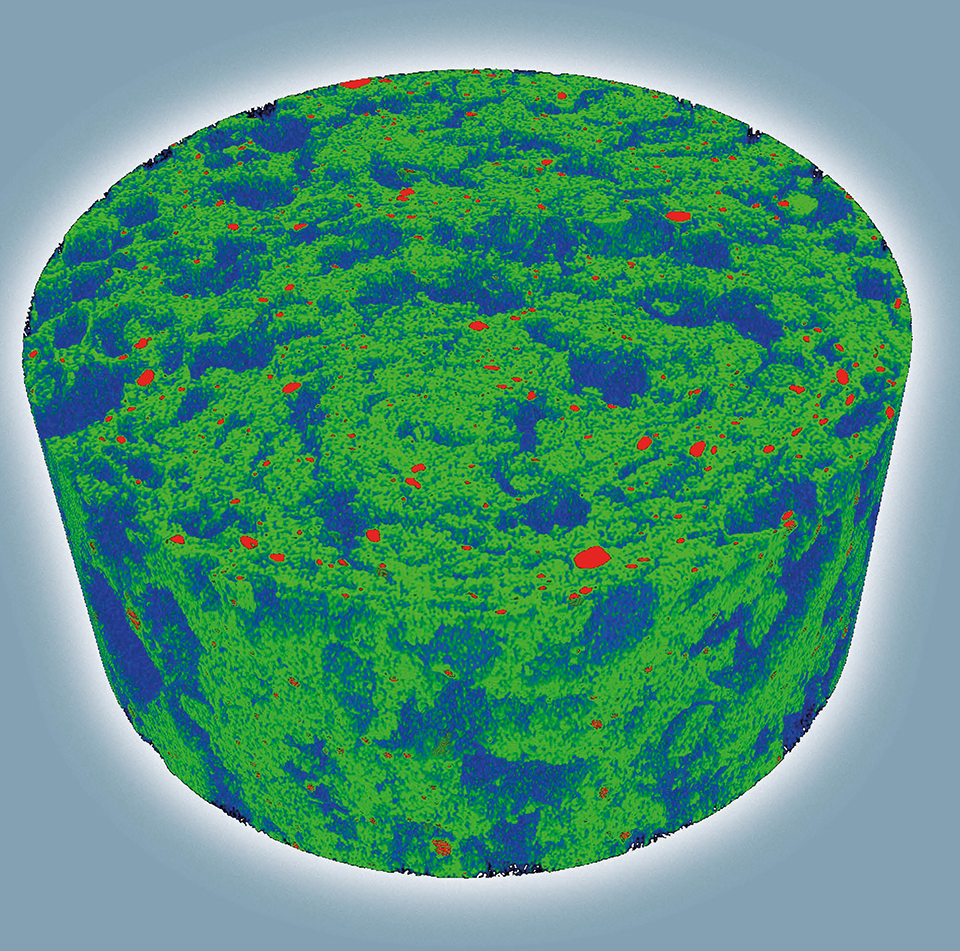
Aquafeeds
Alternative feed ingredients support continued aquaculture expansion
Identifying sources for essential macro- and micronutrients is important, as well as understanding how best to manufacture feed to required physical specifications when using these new raw materials.
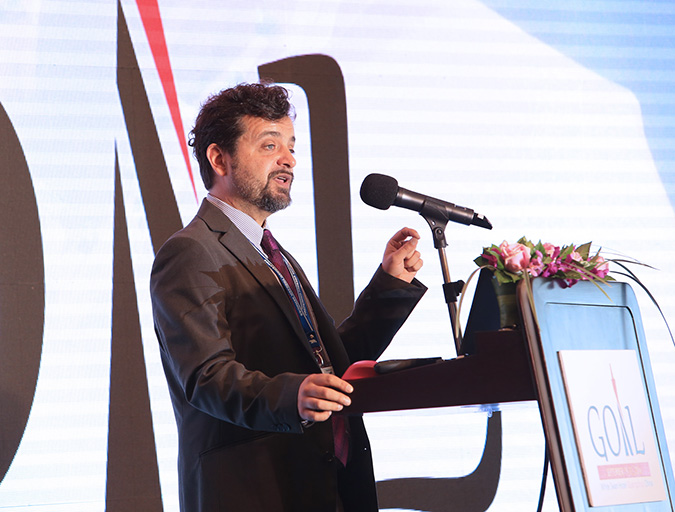
Aquafeeds
Aquaculture Exchange: Giovanni Turchini, Deakin University, part 1
One of the world’s leading fish nutrition experts talks about how aquaculture can learn to survive, and even thrive without depending on fishmeal and fish oil. It’ll take a lot of innovation, but Giovanni Turchini is confident that the industry is on the right path.
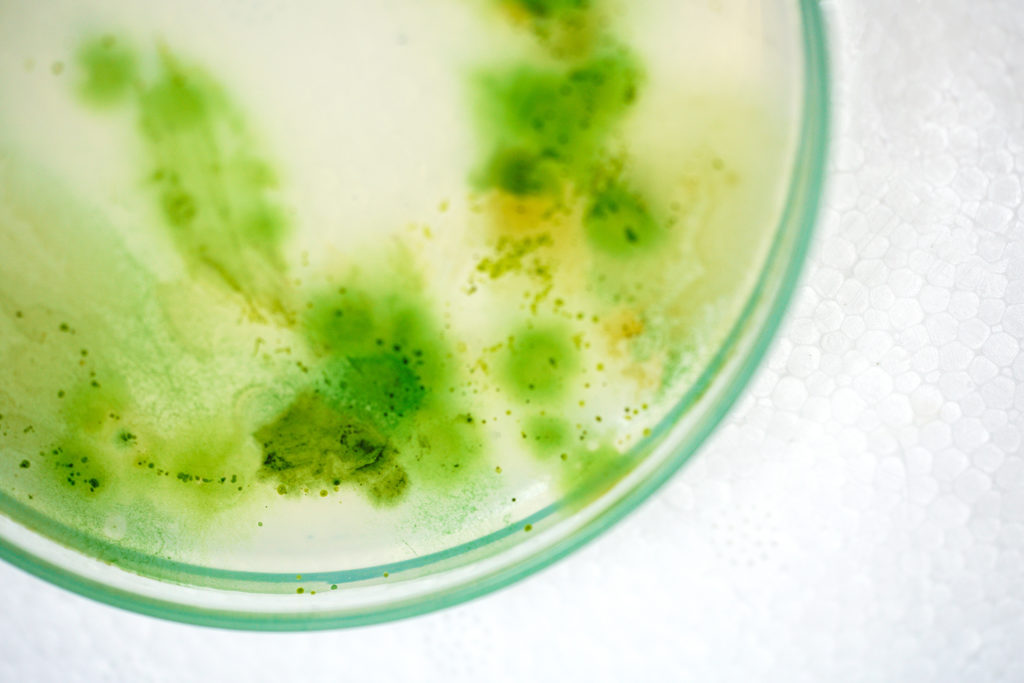
Aquafeeds
From bench to belly: Driving supply-side solutions for the future of fish feed
How can the interesting and valuable research on alternate feed ingredients get from the laboratory bench to consumers’ bellies through market mechanisms?

Aquafeeds
Aquafeed moonshots at the F3 ‘talent show’
At the F3 (fish-free feed) Companies Got Talent event in Burlingame, Calif., last week, alternative (non-marine) aquafeed ingredient companies spoke of decoupling aquaculture from fishmeal and fish oil in their quest for greater sustainability.


